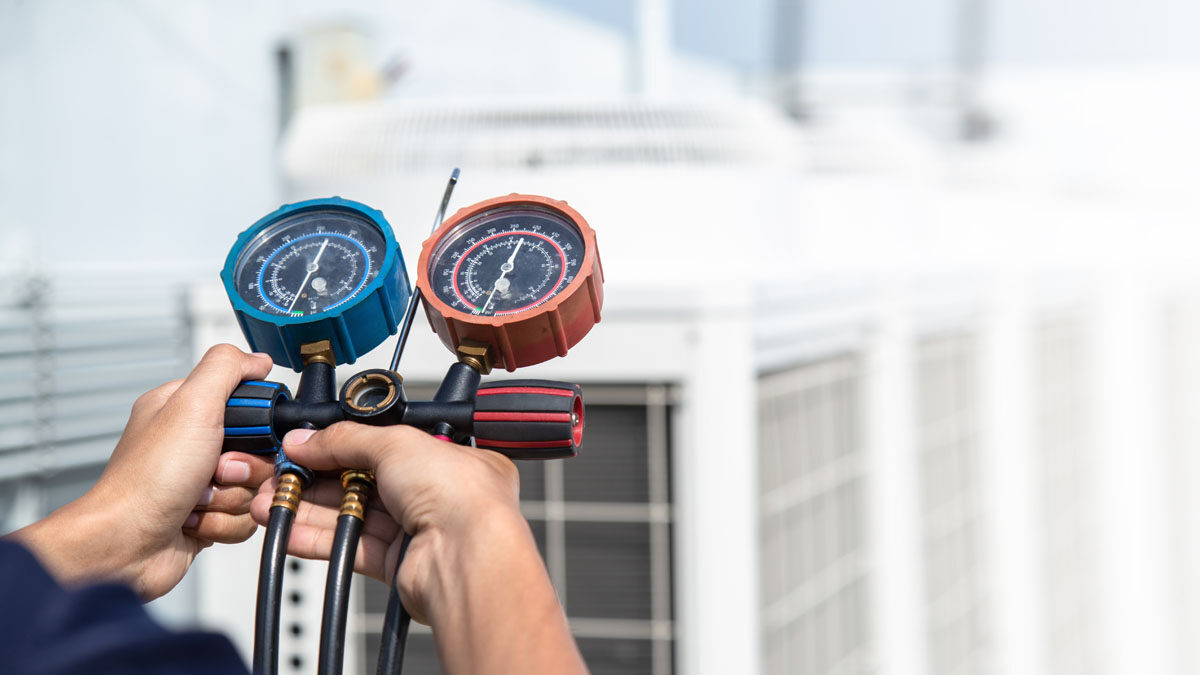When key manufacturer products go obsolete and change due government regulations, you have to manage your processes and risks to the business.
Managing big industry efficiency changes are critical to help you avoid credits and rebills, remain in compliance with the new Department of Energy regulations, and to help your end user contractors through some big changes. The full SEER2 changes that were enacted are coming to the HVAC industry in less than a week on January 1st, 2023.
The new Department of Energy SEER2 (Seasonal Energy Efficiency Ratio 2) efficiency standards require that HVAC professionals are responsible for staying on top of industry changes as they occur, but with so many different nuances and regulations associated with new SEER2 testing procedures it can be challenging to keep up in the channel.
Making sure you have a strong final communication plan and that your ERP product designations are in place are key to making this change as easy to understand and flow smoothly as possible.
Here are some final tips to consider making sure your team is on top of these big changes.
Nomenclature changes – As Santa just did last week, make a list and check it twice –
As a manufacturer keeping the channel up to date on Nomenclature changes is key as these SEER2 Heat Pumps and AC Models are some of the most popular items the channel sells. Often the numbers are used so often by distributor and manufacturers that they have the exact model numbers memorized.
These changes can be confusing as sometimes you have a model number that is updated to the new standards, but uses the same pre-SEER Model number. E.g. in looking at some major manufacturers heat pumps and AC units; I found the deluxe models were using the same numbers pre- and post-change. In this example – You’ve been telling the order writers at distributors about these changes, and for deluxe high-end models they don’t sell as often the part number doesn’t change. You can see that may cause your associate to freeze, and make a customer wait while they ask for help.
ERP System Designations will be changing next week- Are you ready?
For the affected part numbers – this is the week to check that your designated system designations are correct for next week. The new SEER2 regulations are going to cause items that are in stock and available to be sold until Friday, to move to Obsolete (O) or discontinued (D) on Monday January 2nd. Whatever your system designation item changes (O or D) that are required double check that this will be effective on January 2nd.
Managing the Changes Across State Lines if you are on a Zone Border
With the three SEER regions (North, Southeast, and Southwest) all having distinct new SEER2 regulations to comply with it can create some unique challenges for distributors who sell across regions. e.g. if you are on the Ohio river and have customers buying products in Ohio and installing them in Kentucky, that is moving from the DOE North regulations to the DOE Southeast regulations.
I am sure you have accounted for that in your business, but I would consider making sure you communicated how the cross-border sales can be conducted with your business partners.
Price Increases – This is an efficiency change and equipment prices are immediately increasing 10-20% for the models
The channel is aware of the price increases to meet the new standards, but the end customer the building or homeowner is probably not aware. Large price increase complaints from the end customer do come back through the channel. The Contractor gets the first complaint then it gets all the way back to the manufacturer eventually. Maintaining acceptable margins while keeping customers happy is always a challenge, and big immediate increases to some common key items always generate push-back.
It will be a pain point, and you need to communicate those price increases and the fact that they can’t be avoided with all parts of the channel to work your way through it.
Managing these changes may seem simple, but it is often done poorly by distributors and it in this case you have some new part numbers, and also some part numbers that stay the same. The many part numbers becoming one new part number and one old part number becoming many new part numbers is tough to manage. For associates that have been selling these key part numbers every day that habit of typing in the memorized part number takes time to break.
Those manufacturers, reps and distributors that manage the new SEER2 changes with the most confidence and create the fewest customer issues will be poised to take share from the distributors who are creating errors by not being properly prepared.
As always, we would love to get your feedback, so please feel free to comment below or reach out to me directly at john.gunderson@dorngroup.com
